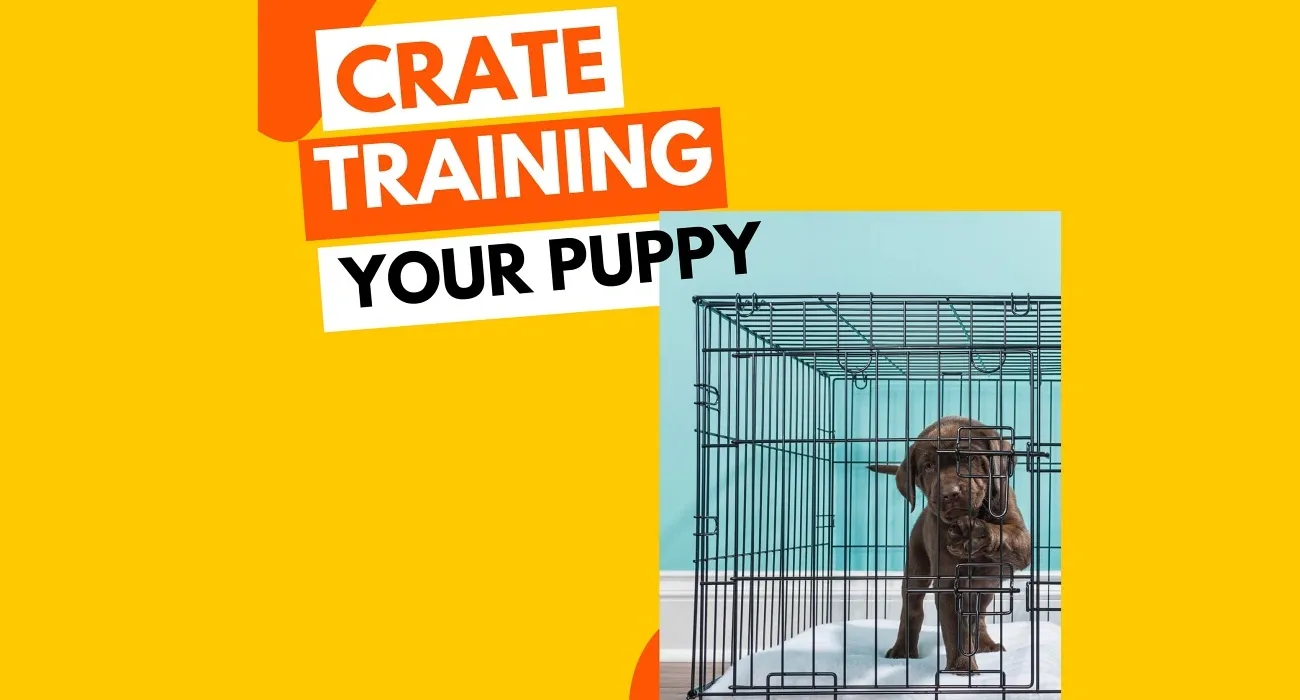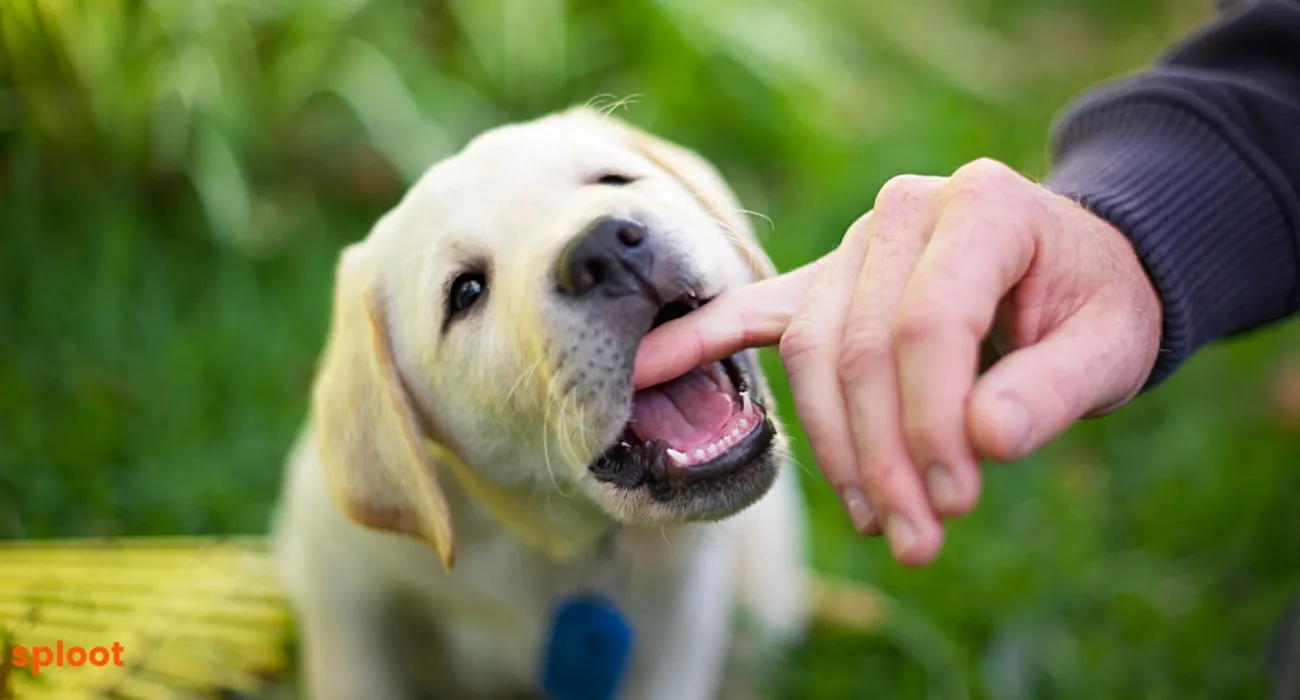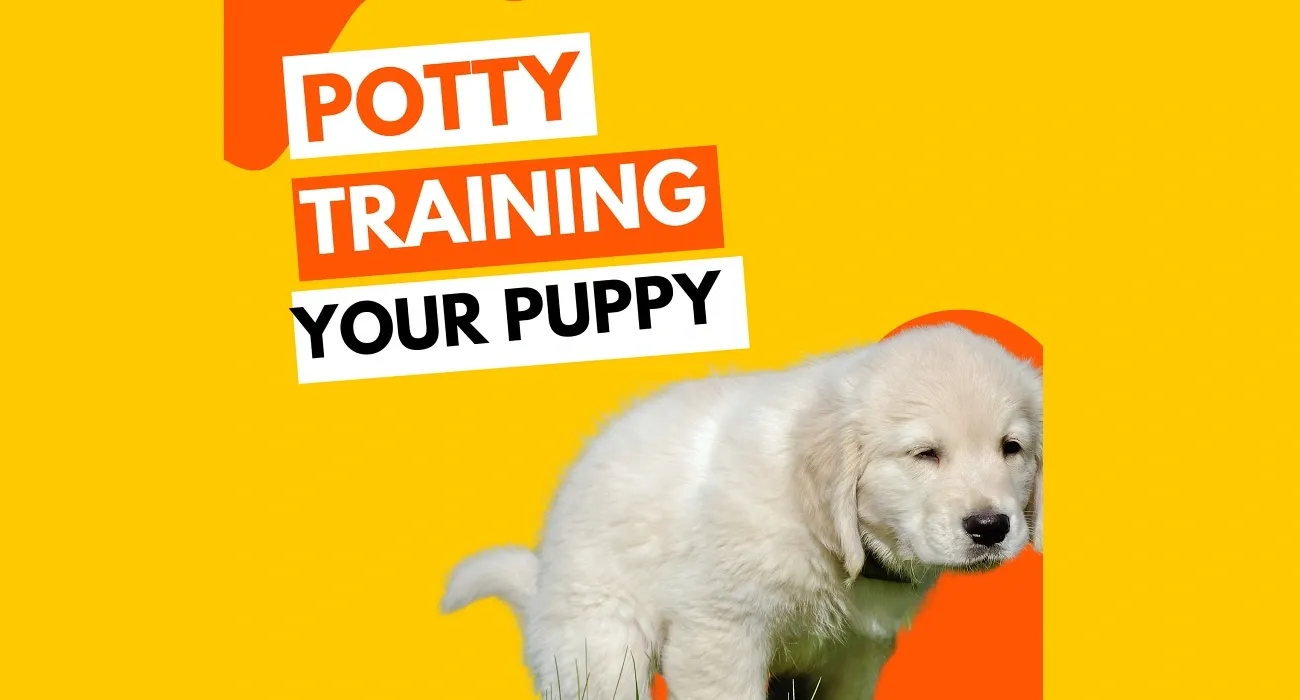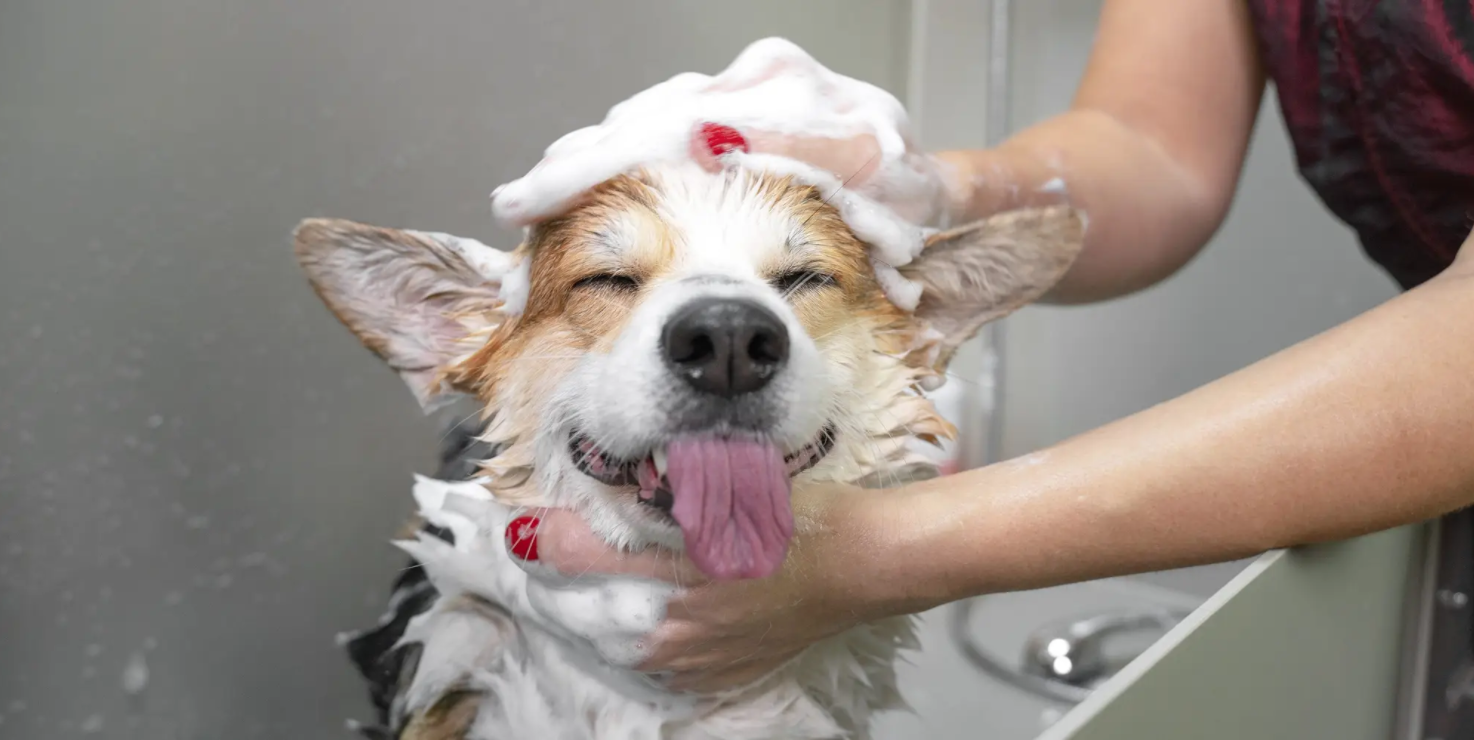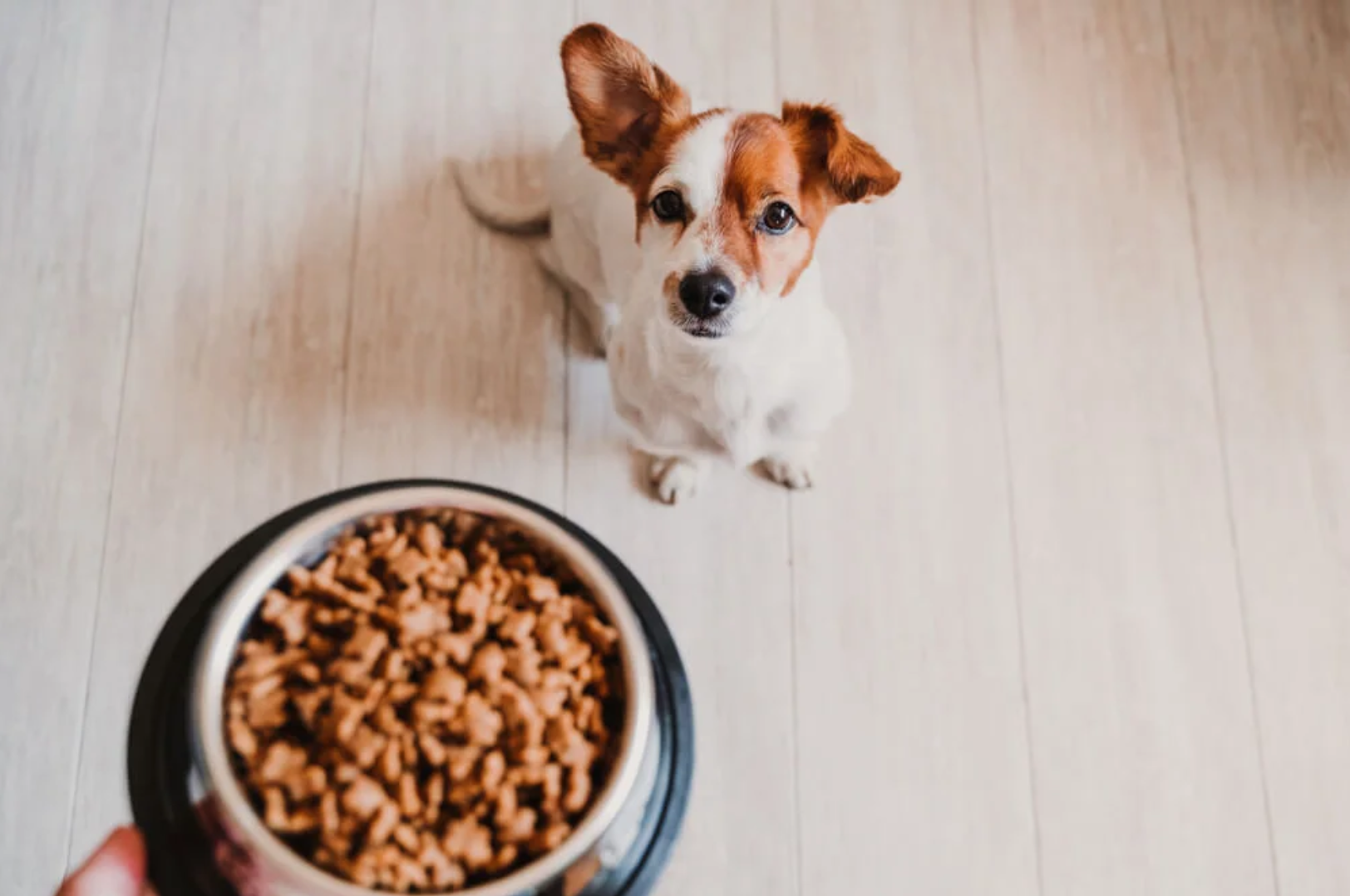Crate training your puppy might require patience and work, but it can be valuable in different scenarios. If you have a new dog or puppy, you can use the crate to control where they go in the house until they understand the house rules.
For example, you can control what they can and cannot chew on and where they should or shouldn't go to the bathroom. Trust us, the benefits of crate training a puppy will be cherished by you. Let’s start from the basics.
What is a Puppy Crate?
A puppy crate is a den, enclosure, or cage-like object where puppies can be kept for safety, security, or transportation. These crates may be made of metal, wire, plastic, or fabric. It usually has a door for the puppy to go in and out.
Puppy crates have a removable tray underneath to remove any waste. The puppy’s bedding can be placed at the base of the crate to make it comfortable. They come in different kinds of designs, sizes, and materials.
Why should I use a puppy crate?
Dogs have a natural instinct to find shelter in a safe, cozy, dark environment. Using a puppy crate provides this environment for the puppy where it can feel safe and secure.
You might notice when you bring your puppy home for the first time, it may try hiding under the bed or in corners. Having a puppy crate provides them with a space to find comfort when it gets too overwhelming for them.
Using a crate during the training period of a puppy prevents it from chewing unnecessary items in the house. It also avoids toilet accidents inside your home and protects the puppy from getting hurt.
How do I select a crate that my puppy will like?
Select a crate that allows your puppy to sit, stand, move around a little, and sleep comfortably. The crate should be selected with respect to the size of your puppy. Avoid buying a crate that has a lot of extra space because your puppy might excrete inside the crate in that case.
You can consider buying a crate that comes with a built-in divider so you can move it when the puppy grows in size.
Do puppies like crates?
Some puppies like crates while others don’t. Puppies who like sleeping inside a confined space might like crates. However, if your puppy seems to be afraid of enclosed spaces, avoid using a crate suddenly as it might make it anxious.
Crate training is a slow process and should be done with care using appropriate steps. Crates make them feel secure and relaxed because they clearly understand what they should be doing, instead of getting anxious or making bad decisions.
What are the benefits of crate training?
Crate training is an important part of puppy training. More importantly, puppies can cause a lot of ruckus during their young stage. For example, during the biting stage of your puppy, you can bid your furniture goodbye. But introducing crate training can avoid such problems.
It’s beneficial for both you and your pup. Here are some more advantages of crate training your puppy:
Provides a safe haven for your puppy
Crates give your puppy a dedicated space to retreat to when they're tired, nervous, or stressed, promoting their well-being.
Aids in toilet training
Crate training helps with toilet training as puppies instinctively avoid soiling the area where they sleep. This makes it easier to reinforce good bathroom habits.
Eases adjustment to new environments
Using a crate can help your puppy acclimate to unfamiliar places and situations, reducing anxiety and aiding in their comfort.
Ensures supervision
It offers a secure spot for your puppy or dog to stay in when you can't watch them closely, preventing potential accidents or trouble.
Facilitates travel
If the crate is suitable for travel, it simplifies the process of traveling with your puppy, ensuring their safety and comfort during journeys.
Helps during your puppy’s sick days
Crates provide a confined and safe space for your puppy when they are unwell. This helps you monitor their condition and ensure they have a comfortable resting place.
Allows puppies to calm down
Crates can serve as a tool to help puppies calm down when they become overly excited or hyperactive. This gives them a designated area to relax and regain composure.
What are the steps for crate training?
This section outlines the 5 essential steps to crate training your dog, helping you create a positive and effective training experience for both you and your furry friend. Let's get started with the steps!
Step 1: Introduce Your Puppy to the Crate
Start by letting your puppy explore the crate without any pressure. Make it a pleasant place by putting some treats and toys inside.
Encourage curiosity; don't force them in. Use treats to reward them when they go inside voluntarily.
Step 2: Provide Meals in the Crate
Begin feeding your puppy their meals near the crate, then gradually move the food inside. This helps them associate the crate with positive experiences.
Make mealtime in the crate a relaxed and enjoyable routine. Use praise and treats to reinforce their comfort.
Step 3: Make Them Stay in the Crate
Start with short periods where your puppy stays in the crate while you're nearby. Gradually extend the time as they become more comfortable.
Use treats and praise to reward calm behavior when inside the crate. Avoid letting them out when they whine, wait for a calm moment.
Step 4: Crate Your Puppy for Short Periods Alone
Leave your puppy in the crate for brief periods when you're not at home. This helps them get used to being alone and prevents separation anxiety.
Make sure they have toys and water. Start with short trips away. Gradually increase the time as your puppy gets accustomed to it.
Step 5: Crate Your Puppy at Night
Use the crate for nighttime sleep. This helps with potty training and ensures your puppy has a secure, comfortable space to rest.
Place the crate close to your bed so they don't feel isolated. Take them out for potty breaks during the night when they're young, and gradually extend the time between breaks.
Bottom Line
Remember, patience is key throughout the crate training process. The crate should always be a positive and safe space for your puppy, never a place of punishment. With time and consistency, your puppy will learn to love their crate as their cozy den.
At the beginning of crate training your puppy, you might face problems like whining and crying. Your puppy may even experience separation anxiety. Hence, it’s important to take it very slow. The training will be beneficial for the puppy in the long run.
If you're interested in reading more such blogs, download the sploot app here.


